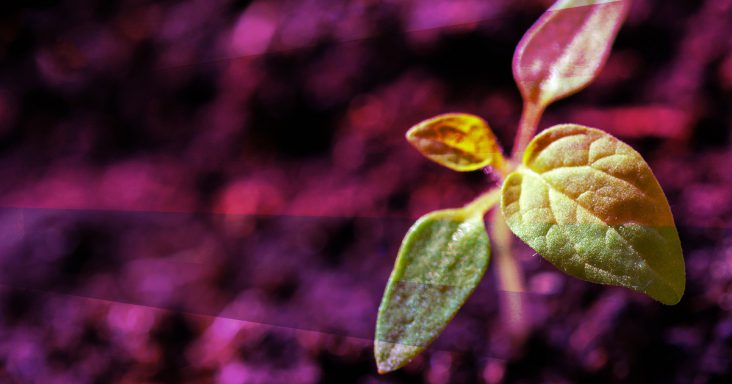

NGSS.3-5-ETS1, NGSS.MS-ETS1, NGSS.HS-ESS2-7
Clear plastic cups, plastic spoons, green sprinkles and gummy worms (O), chocolate pudding (A), vanilla pudding (B), hard candies (C), graham crackers (R), variety of other sweets for them to make their own versions
All soils have different types of layers, and those layers give us insight into the fertility of the soil. Dig down deep into any soil, and you’ll see that it is made of layers, or horizons (O, A, E, B, C, R). Together, the horizons form a soil profile. The O horizon is made of loose and partly decayed organic matter or humus. The A horizon is mineral matter mixed with some humus, also known as topsoil. The E horizon is light-colored mineral particles and is the zone of eluviation (significant loss of minerals) and leaching. The B horizon is the accumulation of clay transported from above, known as the subsoil. The C horizon is partially altered parent material. Lastly, the R horizon is unweathered parent material called bedrock and is not considered soil.
Share the background information with the students, then share the puzzle to be solved. Determine constraints (e.g., time alotted, space, materials provided, etc.) and divide students into small groups.
Ask a series of questions to help students brainstorm solutions to the puzzle. Encourage students to list all ideas – don’t hold back! Before moving on, make sure each group selects a solution that fits within the contraints.
Students diagram the prototype, identify the materials needed to build the prototype, and write out the steps to take. Students describe the expected outcomes.
Students follow their design plan and build their prototypes. Monitor their progress and remind them about how much time they have.
Students evaluate their creation and compare it with the expected outcomes. Students seek areas of improvement and make changes where needed.
Students share their solution to the puzzle and communicate lessons learned.
If you’d like to take this activity one step further, follow it up with Puzzler #15 Soil Sample and use Play- Dough instead of edible materials.